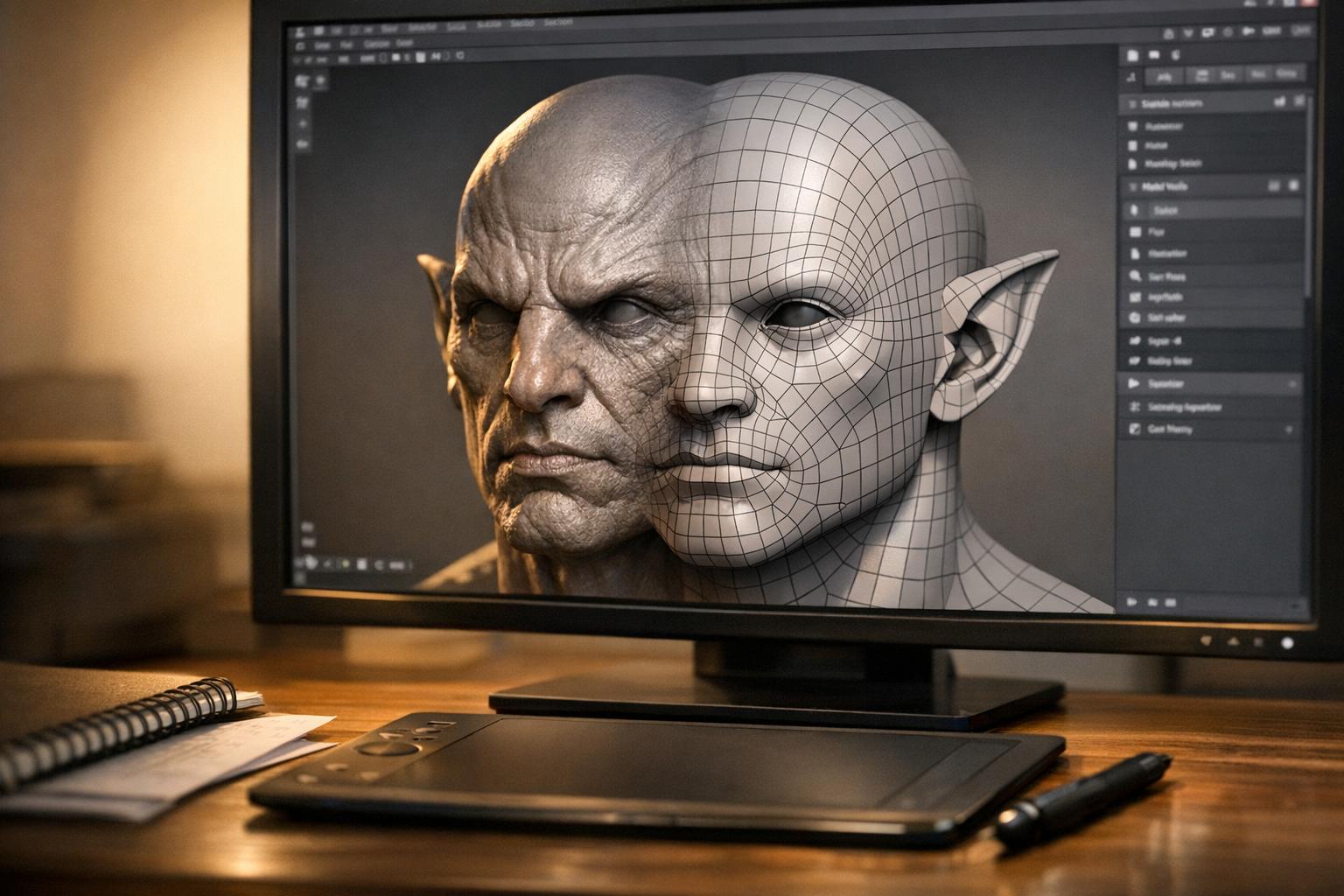In game development, striking the perfect balance between visual fidelity and performance is a constant challenge for game developers and artists. Part of the solution is "Level of Detail" (LOD), a technique to create multiple versions of a 3D model. In this article, we'll explore how LOD empowers game developers to optimize assets and ensure optimal gameplay experiences, without compromising on visual quality.
What is a Polygon Budget?
Resolution, represented by the vertice/triangle count is an essential part of 3D modeling. For a game to run optimally, especially on low-end devices, artists and developers need to carefully make sure the assets in a scene doesn’t exceed the polygon «budget».
What is Level of Detail (LOD)?
Level of Detail (LOD) is used to display different versions of a 3D model based on the distance between the model and the camera. As objects move away from the camera or player, details become less noticeable and are complex geometry is removed to reduce load on the processors. This is done by creating multiple versions of the same 3D model with varying levels of detail.
These versions, or LODs, range from high-resolution models for close-up views to simplified versions with fewer polygons for distant or small representations.
By using lower-detail models for objects far from the camera, developers can optimize performance without sacrificing visual quality. This technique ensures that objects in the distance have fewer polygons, reducing rendering time and improving overall gameplay performance.
How are different LOD models made?
Today, artists need to make several LOD versions of any asset, typically 3 different ones: A low LOD, medium and high LOD. Depending on the distance of the player to the asset in the scene, different versions are automatically displayed in the game. These versions are either made manually or using specialized software such as Simpligon.
Unreal Engine released Nanite in Unreal 5, which does automatic LOD handling. The downside of this is storage space, as a high resolution model is much larger than a small version.
Sloyd has built-in LOD levels, in a revolutionary way: using a slider, the user can decide exactly how many triangles an asset should have, and easily generate multiple LOD versions of a model.
.png)

Conclusion:
LOD is crucial for balancing graphics and performance in game development, optimizing the overall gaming experience. While manual creation and specialized software like Simpligon are commonly used, innovative approaches like Nanite in Unreal Engine 5 and Sloyd's smart LOD with user-controlled triangulation offer revolutionary solutions to streamline the process.





